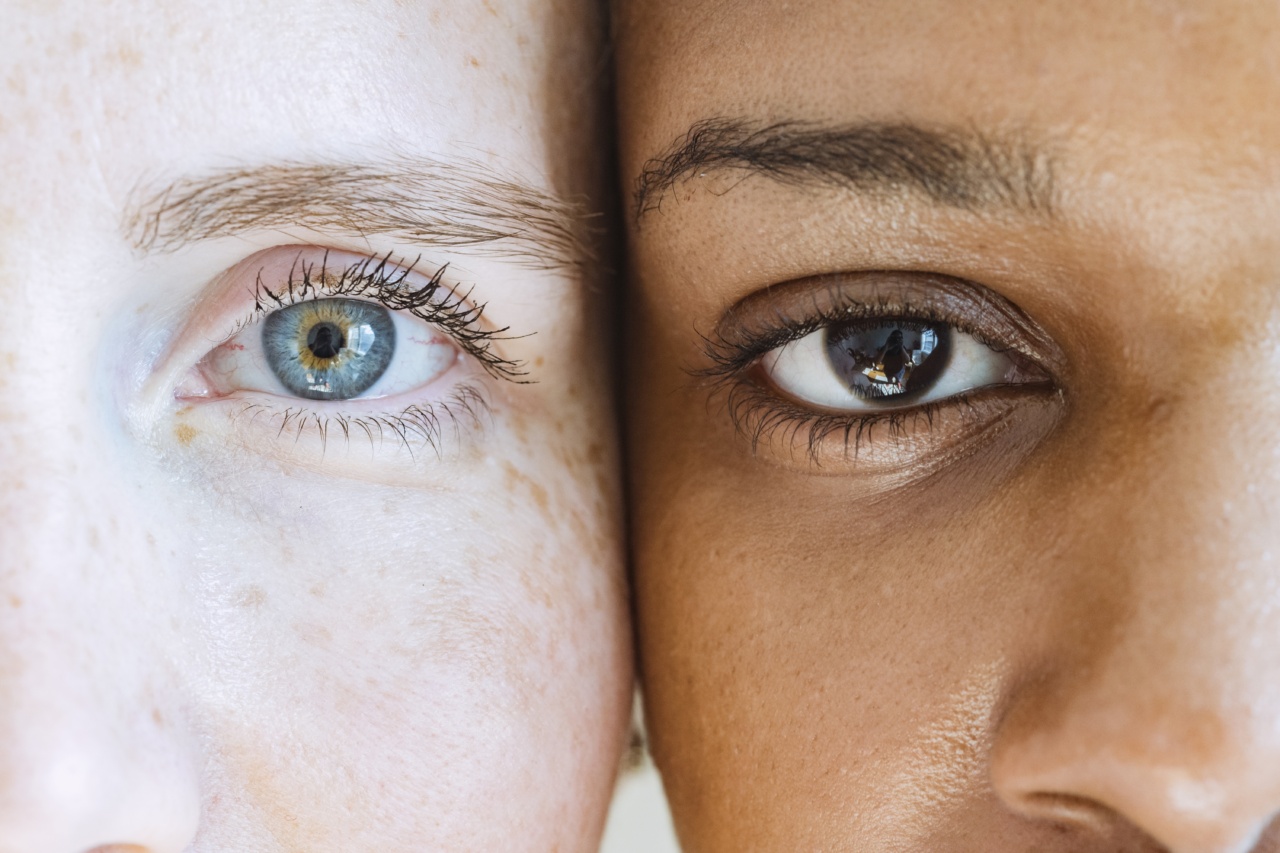Autism refers to a complex neurodevelopmental disorder that affects an individual’s ability to communicate, interact with others, and form social relationships.
One of the hallmarks of autism is difficulty in eye gaze, which can affect everyday social communication and social interaction. In this article, we will discuss everything about autism and eye gaze and how it affects individuals with autism.
What is Eye Gaze?
Eye gaze refers to the direction of a person’s visual attention or focus of their eyes. It is a fundamental aspect of non-verbal communication that plays a significant role in social interaction, social communication, and social relationships.
People often use eye gaze to signal interest, attention, and intention when communicating.
What is Autism?
Autism, also known as Autism Spectrum Disorder, is a neurodevelopmental disorder that affects the social, emotional, and communication abilities of an individual.
The symptoms of autism can vary but typically appear in early childhood and may affect how an individual interacts with others, communicates, and engages in typical daily activities.
How Does Autism Affect Eye Gaze?
Individuals with autism often find it challenging to make eye contact and interpret the eye gaze of others. They may avoid making eye contact or gaze, particularly during social communication.
This difficulty in eye gaze can make social interaction challenging for individuals with autism, as non-verbal communication plays a crucial role in social communication.
Research studies have found that the brain activity of individuals with autism is different when it comes to processing social cues, including eye gaze.
This difference may be due to changes in brain development, impairments in social cognitive abilities, and alterations in neural activity or connectivity. Individuals with autism may have difficulty processing the meaning of eye gaze in social interaction, leading to a reduced ability to develop social relationships and engage in social communication effectively.
The Importance of Eye Gaze
Eye gaze plays a crucial role in social interaction, communication, and social relationships. When individuals engage in social interaction, they use eye gaze to signal their interests, intentions, and attention.
For example, direct eye gaze can signal interest, while averted eye gaze can signal disinterest or avoidance. Eye gaze also facilitates turn-taking in conversation as it signals the end of one individual’s turn and the beginning of another.
Eye gaze also provides important social cues, allowing individuals to infer another’s emotional state, intention, and level of engagement, helping us to understand and extract meaning from daily social encounters.
Eye Gaze in Autism Intervention
Due to the difficulties that individuals with autism face regarding eye gaze and social interaction, there have been several interventions developed to help improve these skills.
One such intervention is video modeling, which involves watching recorded videos of individuals engaging in desired social behaviors, including eye contact, to learn how to initiate these interactions correctly.
Another intervention is social stories, which are short stories that help individuals with autism understand how to engage in appropriate social behavior, including eye gaze.
Other interventions focus on the use of assistive technology such as virtual reality tools to create a supportive environment, where individuals can practice social interaction and eye gaze in a safe and controlled environment.
The Role of Eye Gaze in Diagnosis
Eye gaze can also play an important role in autism diagnosis, as individuals with autism often have difficulty making eye contact or interpreting the eye gaze of others.
It is one of several behavioral markers of autism, but alone should not be used as a definitive diagnosis tool.
The Future of Eye Gaze and Autism
As researchers continue to better understand how autism affects social cognitive abilities, technology can help individuals with autism learn, develop and practice social communication, including eye gaze.
Assistive technology such as virtual reality tools combined with video modeling and other interventions could provide individuals with conditions such as autism, a platform to improve social engagement and interaction skills such as eye gaze.
Conclusion
Autism is a complex neurodevelopmental disorder that affects social, emotional, and communication abilities.
Individuals with autism often find it challenging to make eye contact and interpret the eye gaze of others, which can affect social interaction, social communication, and social relationships. Understanding eye gaze and its importance in social interaction can help individuals with autism develop and improve their social communication skills while creating a more inclusive society.






























